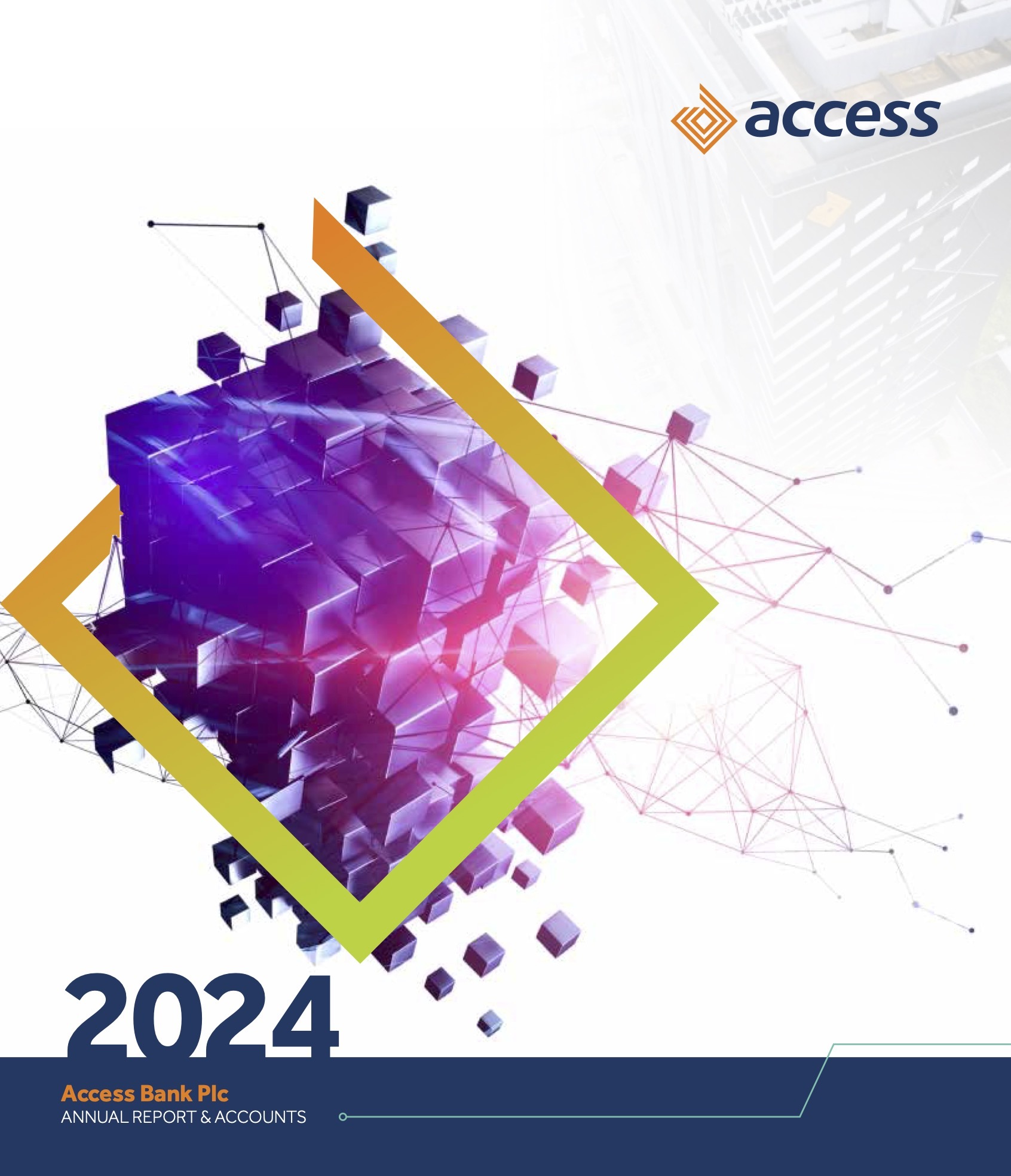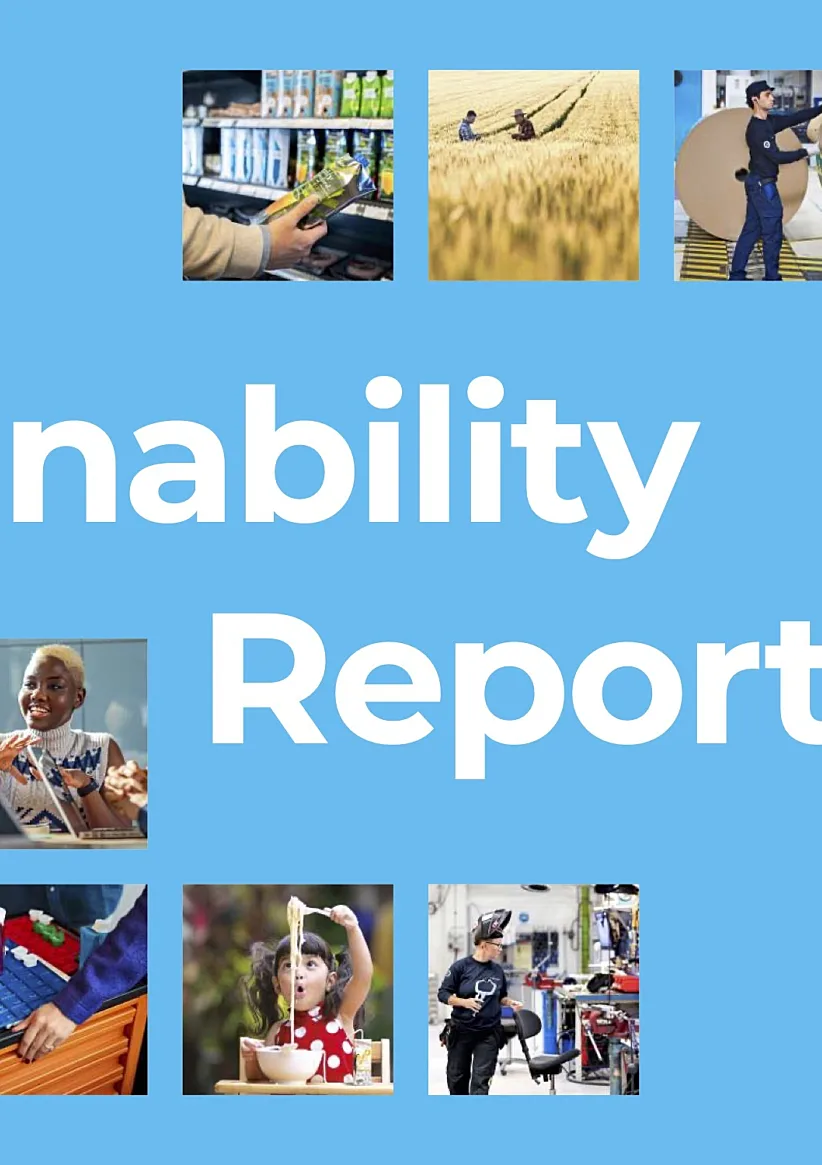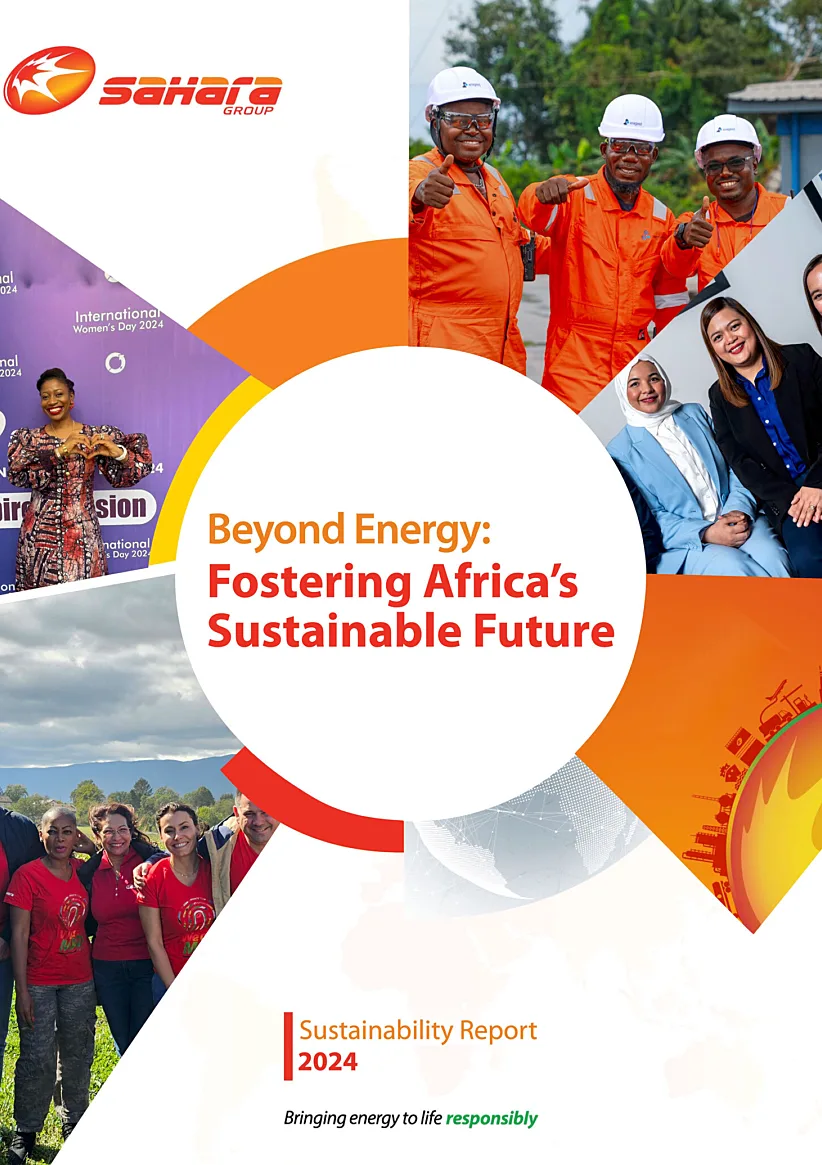Access Bank Plc’s 2024 abridged sustainability report outlines a broad and integrated approach to environmental, social, and governance (ESG) management, aligned with multiple United Nations Sustainable Development Goals (SDGs). The bank’s initiatives span financial inclusion, green financing, women’s empowerment, health outreach, and environmental conservation, with active programmes across Nigeria, Ghana, DR Congo, Zambia, Gambia, Sierra Leone, Kenya, Mozambique, and the UK. Notable projects include the “Waste is Useful Project” in Ghana, which trained 150,000 students in recycling, and mangrove restoration in Gambia absorbing nearly half a million kilograms of CO₂ annually. Governance is anchored by a board-level Sustainability Committee and a dedicated Sustainability Unit, employing global frameworks such as GRI, SASB, and TCFD, alongside Nigerian Sustainable Banking Principles. The bank’s ESG risk management integrates climate, social, and reputational risks through robust oversight and scenario analysis.
Key impact areas include the expansion of digital banking and SME lending, health and education campaigns, and environmental initiatives like tree planting and waste recycling. Metrics reported feature over 280,000 banking agents, support for one million SMEs in DR Congo, and significant outreach in women’s health and financial literacy. Future priorities focus on scaling green finance products, deepening digital inclusion, enhancing gender-focused offerings, and harmonizing sustainability reporting across subsidiaries. Access Bank’s materiality assessment highlights climate risk, financial inclusion, gender equality, and responsible lending as strategic imperatives, embedded in governance and operational frameworks. While specific climate targets remain evolving, the bank demonstrates a commitment to continuous ESG integration and stakeholder engagement, positioning itself as a leading sustainable finance institution in Africa.
1. SDG ALIGNMENT
Identified SDGs:
Access Bank aligns its sustainability strategy with multiple UN Sustainable Development Goals (SDGs), including:
- SDG 1 (No Poverty)
- SDG 3 (Good Health and Well-being)
- SDG 4 (Quality Education)
- SDG 5 (Gender Equality)
- SDG 7 (Affordable and Clean Energy)
- SDG 8 (Decent Work and Economic Growth)
- SDG 9 (Industry, Innovation, and Infrastructure)
- SDG 10 (Reduced Inequalities)
- SDG 12 (Responsible Consumption and Production)
- SDG 13 (Climate Action)
- SDG 17 (Partnerships for the Goals)
Reflection in Strategy and Initiatives:
- The Bank’s sustainability strategy is structured around these SDGs, with specific initiatives such as financial inclusion, green financing, SME support, women’s empowerment, health outreach, and environmental conservation.
- Example: In Ghana, the “Waste is Useful Project” trained 150,000 students in recycling (SDG 12), while tree planting initiatives and mangrove restoration in Gambia and Kenya address SDG 13.
- Women’s empowerment is evidenced by targeted loans, business training, and healthcare campaigns (SDG 5).
Geographic Impact and Future Alignment:
- SDG-aligned programmes are implemented across subsidiaries in Nigeria, Ghana, DR Congo, Zambia, Gambia, Sierra Leone, Kenya, Mozambique, and other African countries, as well as the UK.
- The Bank states its intention to “harmonize SDG impact reporting and expand SDG-aligned initiatives across all countries of operation,” with ongoing integration of SDG metrics in new markets.
2. ESG MANAGEMENT
Governance and Management Approach:
- ESG oversight is provided by a Board-level Sustainability Committee, with regular reporting to the main Board.
- The Bank has a dedicated Sustainability Unit responsible for coordinating ESG initiatives and reporting.
Policies and Frameworks:
- Access Bank applies global ESG frameworks, including:
- Global Reporting Initiative (GRI)
- Sustainability Accounting Standards Board (SASB)
- Task Force on Climate-related Financial Disclosures (TCFD)
- Nigerian Sustainable Banking Principles (NSBP)
- The Bank maintains a suite of ESG policies, covering environmental management, human rights, anti-corruption, and responsible lending.
Oversight:
- Board-level oversight is complemented by management committees focused on risk, compliance, and sustainability.
3. INITIAL AREAS OF IMPACT
Primary Impact Areas:
- Financial Inclusion: Expansion of digital banking and SME lending, with a focus on women and underserved communities.
- Environmental Initiatives: Tree planting, mangrove restoration, waste recycling education, and green financing.
- Health and Well-being: Breast cancer screening, fistula campaigns, and health donations.
- Education: Financial literacy programs, coding competitions, and school infrastructure upgrades.
- Gender Equality: Targeted women’s financial products and business support.
Key Programmes and Projects:
- “A Sandal More for A Better Tomorrow” (Ghana): Distribution of 20,000+ sandals from recycled tires.
- “Boost Programme” (DR Congo): Support for 1M SMEs.
- Early Savers’ Academy (Zambia): Financial literacy for youth.
- Mangrove planting (Gambia): 40,000 mangroves, estimated 492,000kg CO₂ absorbed annually.
4. METRICS FOR DEFINITION
Key Sustainability Metrics:
- Number of trees planted (e.g., 10,950+ in Kenya, 40,000 mangroves in Gambia)
- Number of SMEs supported (e.g., 1M in DR Congo)
- Number of women reached through empowerment programs (e.g., 1,000+ breast cancer screenings in Ghana)
- Volume of recycled materials (e.g., 4,000 tires upcycled in Ghana)
- Financial inclusion: Number of new accounts (e.g., 1,071 in Gambia campaign)
- CO₂ emissions avoided or absorbed (e.g., 492,000kg CO₂ from Gambia mangroves)
- Beneficiaries of health and education initiatives (e.g., 60,000+ children in Ghana, 4,000 children in Mozambique)
- Financial targets: Green loan portfolio size, SME lending volumes (noted as “ongoing” with annual reporting)
Baselines, Targets, and Timeframes:
- Most metrics are reported annually, with year-on-year comparisons.
- Specific targets include expanding SDG-aligned initiatives and increasing green financing portfolio by a stated percentage per annum (exact figure not specified in the abridged summary).
5. AREAS OF FOCUS
Future Priorities and Strategic Focus:
- Expansion of green financing and climate-related products.
- Scaling digital banking and financial inclusion across all subsidiaries.
- Deepening gender-focused financial products and SME support.
- Harmonizing sustainability reporting and impact measurement across all countries of operation.
- Long-term goals include net-zero operational emissions, increased renewable energy use, and broader SDG alignment.
Planned Expansions and Initiatives:
- Roll-out of digital SME lending platforms in new markets.
- Further integration of SDG metrics into core business reporting.
- Expansion of environmental programmes (tree planting, recycling) to additional subsidiaries.
6. MATERIALITY CONCEPTS
Material Concepts and Priorities:
- The Bank’s materiality assessment identifies climate risk, financial inclusion, gender equality, and responsible lending as top priorities.
- Material issues are determined via stakeholder engagement and are reviewed annually.
Alignment with Governance and Initiatives:
- Material topics are directly linked to board-level oversight and embedded in ESG risk assessment and reporting processes.
- The Bank states: “Material issues guide our sustainability investments and stakeholder engagement priorities.”
7. SUSTAINABILITY RISK MANAGEMENT CONCEPTS
Risk Management Approach:
- Sustainability risks are integrated into the enterprise risk management framework.
- Dedicated Sustainability Risk Committee assesses ESG risks, including climate, reputational, and social risks.
Risk Governance Structure:
- Board-level Sustainability Committee
- Management-level Sustainability and Risk Committees
- Regular reporting to the Board and integration with overall risk appetite
Key Risks and Mitigation:
- Climate change and environmental regulation
- Social risks (community impact, inclusion)
- Reputational risks (ESG compliance)
- The Bank manages these through scenario analysis, stress testing, and continuous monitoring of regulatory developments.
8. SUSTAINABILITY STRATEGY CONCEPTS AND MANAGEMENT
Strategy Concepts:
- The Bank’s sustainability strategy is anchored on “shared prosperity,” integrating ESG into core business operations and stakeholder engagement.
Management and Application:
- ESG considerations are embedded in lending, procurement, and product development.
- Regular review and updating of sustainability policies.
- Annual impact reporting and stakeholder feedback mechanisms.
Future Redefinition:
- The Bank plans to “continuously refine its sustainability strategy in line with evolving global standards and stakeholder expectations.”
- Ongoing alignment with international frameworks and best practices.
Direct Quotes and Data:
- “Tree planting initiative with the Ministry of Land & Natural Resources, donated 3,000+ sanitary pads, IFC EDGE Certification for sustainable design and efficiency.” (Ghana)
- “Planted 40,000 mangroves, absorbing 492,000kg CO₂ annually.” (Gambia)
- “Boost Programme – Supported 1M SMEs through partnerships.” (DR Congo)
- “Board-level oversight is complemented by management committees focused on risk, compliance, and sustainability.” (ESG Management)





